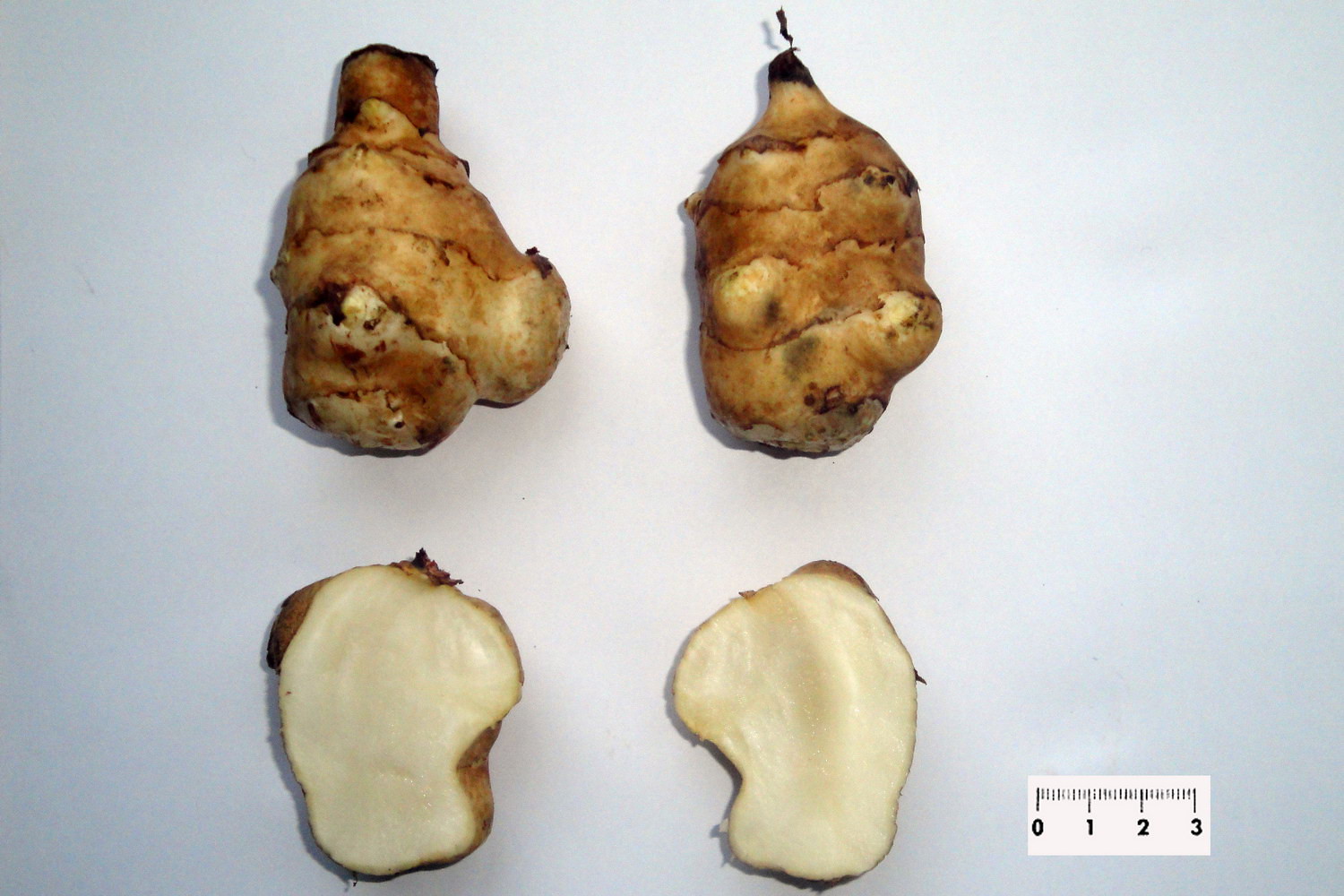Jerusalem artichoke (Helianthus tuberosus)
Edible!

Distribution in Luxembourg / Action Plan: https://neobiota.lu/helianthus-tuberosus/
Invasive?
Helianthus tuberosus is native to central and eastern North America. Probably cultivation for eating the root tubers brought him to Europe. Under Western European climatic conditions, the plant does not produce viable seeds and reproduces vegetatively. Tubers and root pieces (rhizomes) are transported by rodents and running water, especially during winter floods. The plant can form dense and persistent monocultures along rivers, where it usually displaces native species by shading and competing for other resources..
Where?
Helianthus tuberosus, prefers light-rich, sandy, moist and nutrient-rich soils. It thrives best in locations that are repeatedly flooded by high water (riverbanks), but can also be found in ruderal areas and in agriculture.
Appearance?
The plant grows up to 3 m high, the stem is round and rough hairy. The stalked leaves are broad-lanceolate, with serrated margins, rough on top and finely soft-hairy underneath. They grow up to 25 cm long and 10 cm wide and are opposite in the lower part of the stem, alternate above. The yellow flowers are erect and 4 to 8 cm in diameter. Tongue and tube flowers are yellow. The plant blooms from September to October.
Distribution in Luxembourg / Action Plan: https://neobiota.lu/helianthus-tuberosus/

Jerusalem artichoke habitus
"File:Helianthus tuberosus Paludi 02.jpg" by Syrio is licensed under CC BY-SA 4.0.

Edible root tubers of Jerusalem artichoke
"Helianthus tuberosus 'White Round', Tsaghkadzor, in culture" by Vahe Martirosyan is licensed under CC BY 2.0.

Jerusalem artichoke flowers
"Helianthus tuberosus Paludi 06" by Syrio is licensed under CC BY-SA 4.0.
This website uses no external trackers, no analytics, just session cookies and values your online privacy.
